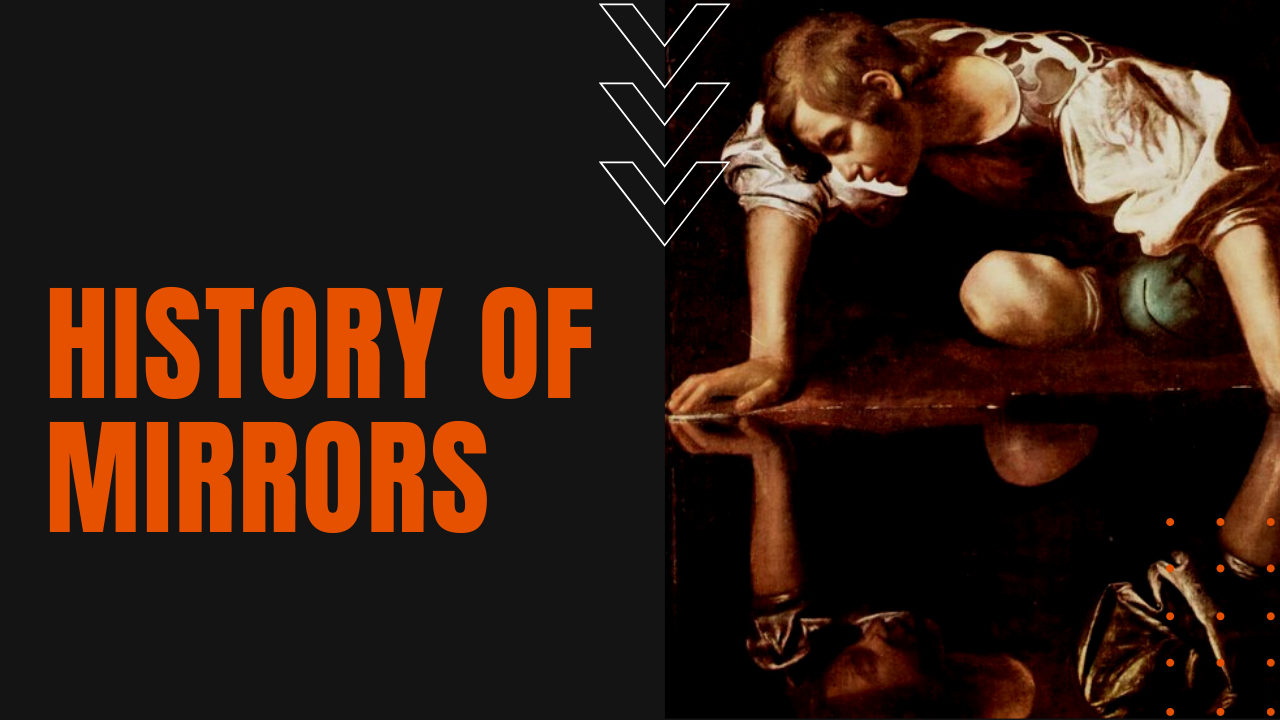History of Mirrors

When Barry and Marlene Bogle opened up their southern Ontario sunflower farm for paid visitors, young women and bearded men in sunglasses trampled the crops in search of the perfect selfie, forcing the Bogles to close access to their farm when they realized people were not coming to see the sunflowers, but rather themselves at the expense of the world around them.
Mirrors Made of Polished Rocks
One thing that archaeology has firmly cataloged is that humans have been fascinated by their own reflections since we first emerged from the cave. Some of the earliest human-made mirrors, fashioned from polished obsidian, date back to 6200 B.C. Turkey.
The Egyptians later made mirrors of polished copper, while the Chinese gazed at their images through reflective jade.
Even back then, mirrors were used almost exclusively to assess how handsome or gorgeous a person was, which was later improved upon by the Greeks and Romans, who developed small glass mirrors to further allow people to examine themselves with increased clarity and precision. Men began curling their hair and fretting over baldness, while Romans used mirrors to observe themselves during orgies.
Mirror Technology Advances
Since early on, mirrors have been associated with vanity and self-obsession, despite the relatively slow advance in mirror-making technology. During the Renaissance, Italians developed mirrors using flat glass, painting the back surface with mercury to improve reflection.
In the 16th and 17th centuries, mirror-making was so costly that it required the equivalent investment of half of France’s Gross Domestic Product, while in the 1780s, French playwright and novelist Louis-Sebastien Mercier noted that wealthy young men peered into four mirrors at once to see if their breeches were tight and straight against their skin—a sort of “multi-selfie” before its time.
Mirrors remained expensive to make until the last decades of the 19th century when mirror production techniques made mirrors affordable for all. In the Roaring Twenties, inexpensive mirrors saw the rise of the cosmetic industry, after mirrors shifted from an extravagance afforded only by the rich to a compact in every purse or pocket.
Cosmetics further blossomed as a result of Hollywood movies, when stage lighting and the close-up shot further defined the subtleties of male and female beauty.
Modern Descendants of Mirrors
Today, smartphones have become the descendent of mirrors, causing untold self-conscious anxieties over how we look to others and ourselves. According to Alicia Eler, author of The Selfie Generation, while mirrors are largely a private examination of one’s self, selfies are placed on-line for their potential “publicness,” causing a new form of social duress that was once largely hidden behind closed door.
